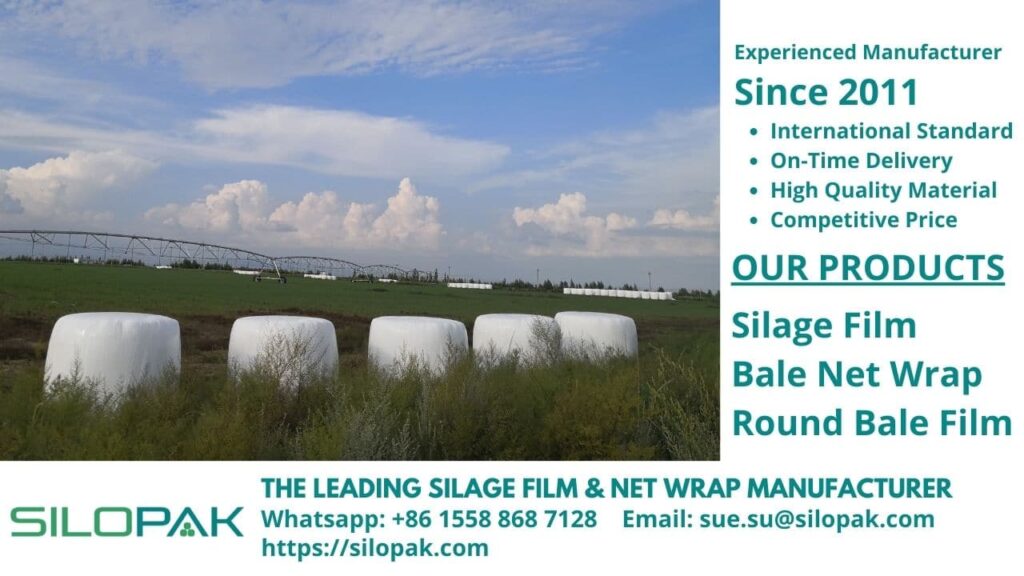
Do you know about the term legume? Legume fodder is a food ingredient from the type of nuts. Legumes contain high essential nutrients, useful for the growth and development of livestock. But this time, the legume that we will discuss is feed for livestock. Feed derived from nuts is used because it has high nutrition.
In general, animal feed is divided into two types. Namely, forage feed from grasses and nuts. This time we will discuss animal feed derived from nuts. There are several types of feed in question, and the following will be given as an example of animal feed derived from nuts.
Turi Plant
For tropical Asian communities such as Indonesia, Malaysia, the Philippines, and others, this plant may be familiar. Turi plant is an example of legume fodder that comes from tropical Asian countries. The livestock that usually receives this feed are cows, goats, and sheep.
Turi plants have flowers called Turi with white or red colors. In addition to livestock, Turi flowers can also be consumed by humans. At the same time, the leaves can be used as animal feed. Turi plants can grow in the lowlands with an altitude between 0-1000 meters above sea level.
This plant is also able to grow in areas with rainfall ranging from 2000-to 4000 mm / year. However, Turi plants are also able to live in areas with lower rainfall. Turi trees can grow towering up to 15 meters.
Feeding Turi plants to livestock are done using the cut and carry method. The protein content in Turi plants reaches 25-30%. Besides containing protein, Turi also contains tannins.
Centro Bean Plants
This type of legume fodder is native to Central America and Mexico. Centro bean plants are often used as forage for livestock. Centro plants can grow well in areas that have a rainfall of 2,000 mm/year. Centro lives and grows to spread to other plants, as well as to the fence.
In addition to functioning as animal feed, Centro plants can be planted with grass. The point is to be used as soil cover or ground cover. This plant also serves as a deterrent to erosion.
The provision of Centro forage to livestock can be done using a cut and carry system. The protein content in Centro plants is 24%. While the crude fiber content reaches 32%. Centro plants have advantages and disadvantages. The advantage is that it is resistant to cold temperatures. However, the drawback lies in the production of a little seed.
Calliandra Plants
Calliandra plant is one of the legume fodder originating from Central America and Mexico. In general, calliandra plants are divided into two types. Namely red calliandra with red flowers. And white calliandra with white flowers.
Calliandra can live in areas with an altitude of 150-1500 meters above sea level. This plant grows in areas with 2000-2400 mm of rainfall per year, even with poor soil conditions.
Giving calliandra plants for animal feed is similar to Turi and Centro plants. Namely with a cut and carry system. The crude protein content reaches 20%. It is still under the Turi plant.
Alfalfa Plants
Alfalfa is a legume fodder that is used for animal feed. The plant is native to South and Central Asia. The advantage associated with the growth of this plant is that it can adapt well to various climates. In addition to various climates, this plant is also able to adapt to different soil conditions.
The alfalfa plant has beautiful purple flowers. The height of this plant can reach 3-120 cm. Crude protein content in this plant reaches 16-29%, NDF between 40.45-44.9%, and ADF between 16.2 to 25.4%. This plant can be given to livestock with a cut and carry system, or it can be grazed.
Parts taken from the alfalfa plant for legume fodder are the stems and leaves. Giving to livestock by way of withering first. This is to prevent bloating in livestock.
The advantages of this plant are that it can produce throughout the year, is high quality, able to adapt to various climates, and is responsive to irrigation. While the weakness is that the energy level of this plant is low, can cause bloating, and cannot be continuously grazed.
The choice of legume fodder material depends on the availability of farmers in their environment. You can just give two types of feed alternately. To store feed for a long time, regardless of the type of forage, you need to use a bale wrapper.
Silopak is a company that provides silage film, bale net wrap, and round bale film for your animal feed. Wrapping animal feed can maintain the nutritional content and availability of feed. The packaging we provide is of high quality. So that the performance in maintaining the quality of your animal feed is guaranteed, to get our products, you can contact us via the contact listed.
